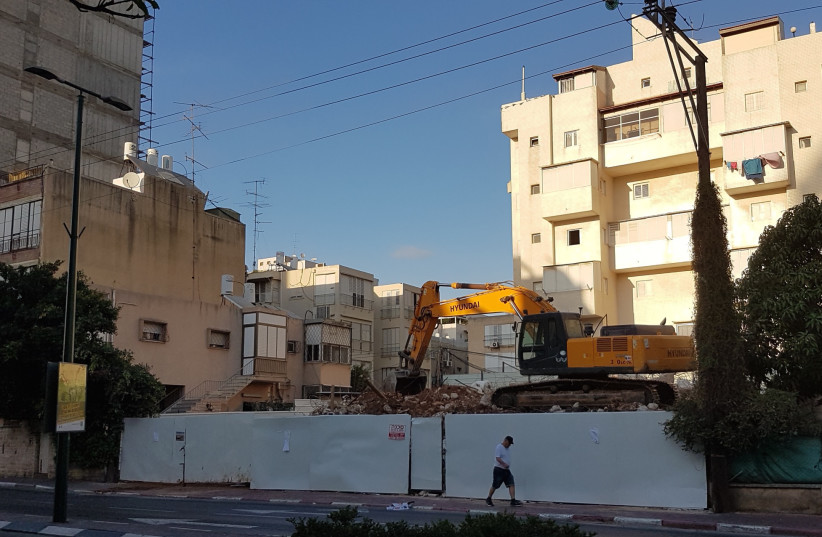The housing crisis, which is only getting worse, as well as the threat of missiles and the most recent mission in Gaza, are a wake-up call for the government that the time has come to find solutions to reinforce buildings that are adapted to peripheral cities and that will constitute a solution to increase housing.
Instead, I was astounded to discover that once again we are being offered generic solutions that are suitable only for the areas high in demand in the Dan region. Solutions that are not practical, and only serve to perpetuate and empower the gap between the large and strong settlements in the central region and the smaller and weaker municipalities in the North and South.
We were told this year that the government would sign framework agreements for urban regeneration with 12 local authorities: Jerusalem, Lod, Bat Yam, Haifa, Kiryat Yam, Hadera, Netanya, Kiryat Ono, Givatayim, Ramat Gan, Ashdod and Beit Shemesh, to finance the development of infrastructure for urban renewal with the financial scale of NIS 440 million.
Very happy tidings, but a short perusal of the list shows that cities like Ramat Gan, Givatayim and Bat Yam, where the feasibility of executing such projects is high, in general, do not require the support of the Housing and Construction Ministry and of the Authority for Urban Renewal. Cities like Dimona and Yeroham in the South and Safed and Kiryat Shmona in the North, where land values are low, were not included this time around once again and will not be awarded any saving grace, and this is such a pity.
Moreover, many local authorities, particularly in the periphery, have no plans for urban regeneration whatsoever. A Knesset Research and Information Center report shows that over the entire country only 70 buildings have been reinforced over the past five years. The report also compared the percentage of protection in central cities compared to the periphery, and it is not surprising that 76% of the buildings reinforced and protected are in the Tel Aviv and central regions, and only 5% of the buildings are in the northern and southern regions.

It is no secret that contractors in the private sector avoid promoting TAMA 38 projects in peripheral towns, preferring to invest and reinforce buildings in the high-demand Dan region cities, where they will generate higher yields.
But this is not a decree from above. In fact, this means that solutions must be found to fit the periphery. Each town and region has its own uniqueness. Inasmuch as the state has to develop solutions that are adapted to each city – for education, employment, infrastructure and transport, the same should be done for the important issue of reinforcing buildings.
The government needs to expand from the center out
In peripheral cities, land reserves are greater, and proper management by the state can give entrepreneurs the push to execute private programs for urban regeneration. At the same time, the state should promote a national program for Evacuation and Construction in veteran neighborhoods in northern and southern cities and market them to entrepreneurs, even if it means that the state will have to invest more than NIS 440m.
It is a mission of national importance, and it is unthinkable that most of the buildings that require reinforcement and refurbishing are in the periphery while solutions are given only to buildings in the country’s Center.
On the other hand, solutions that are suitable for the Center are not applicable in peripheral cities and are doomed to fail in the North and South. Solutions such as these will only enhance the difference between peripheral and central cities.
The concept that what is good for the Center is also good for the periphery is fundamentally incorrect. It is time to depart from this eroded format where the Center and the Dan Region are the main topic and to understand that every region has a life, a character and a uniqueness, and that solutions for reinforcing buildings should be made to suit each and every one.
It is the only way to be prepared for earthquakes, for the threat of missiles and artillery, and to increase the availability of quality housing in the North and South, bring down housing prices and assist in the economic growth and improvement of quality of life for all residents.
The writer is rector of the SCE Academic College of Engineering.
